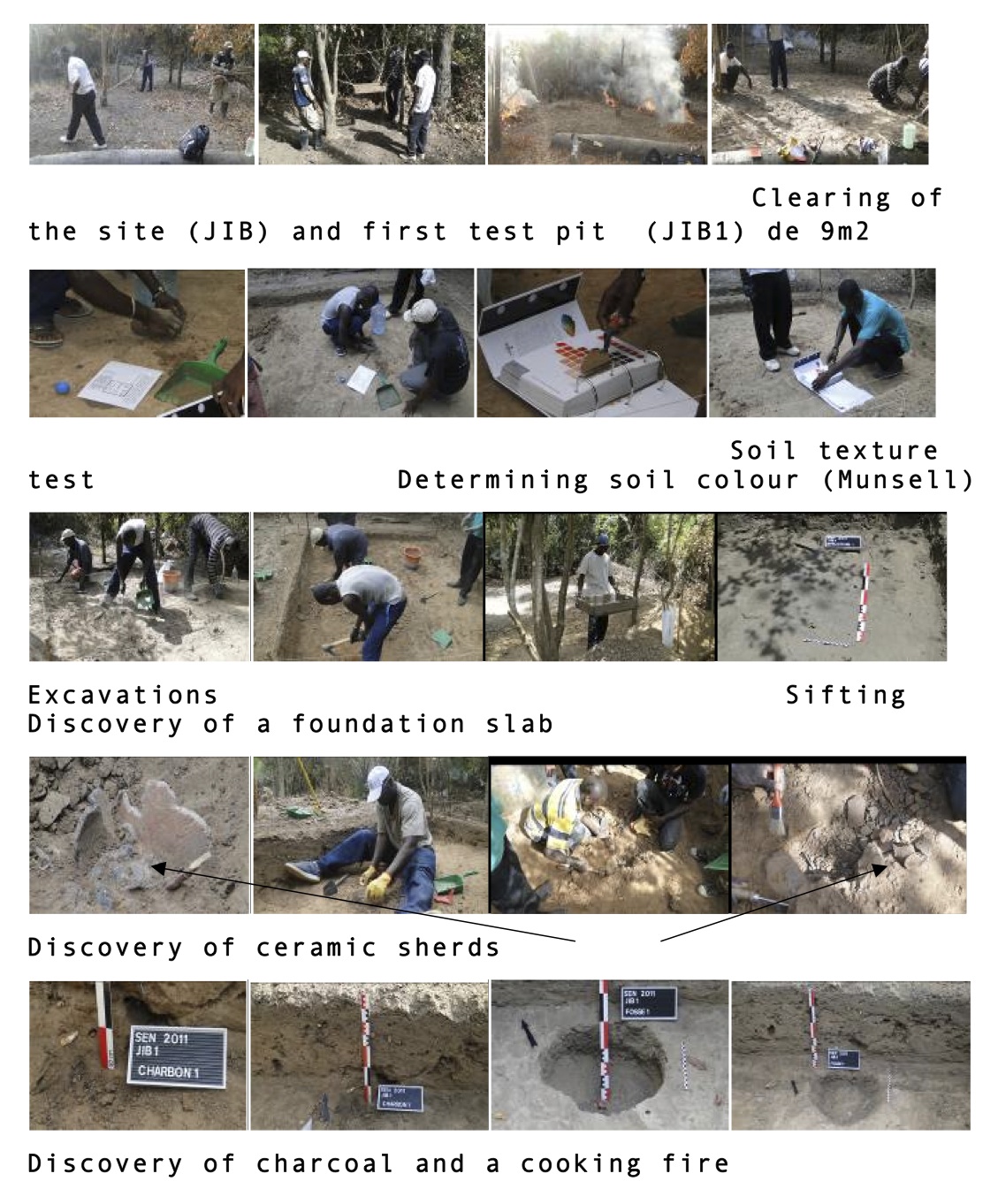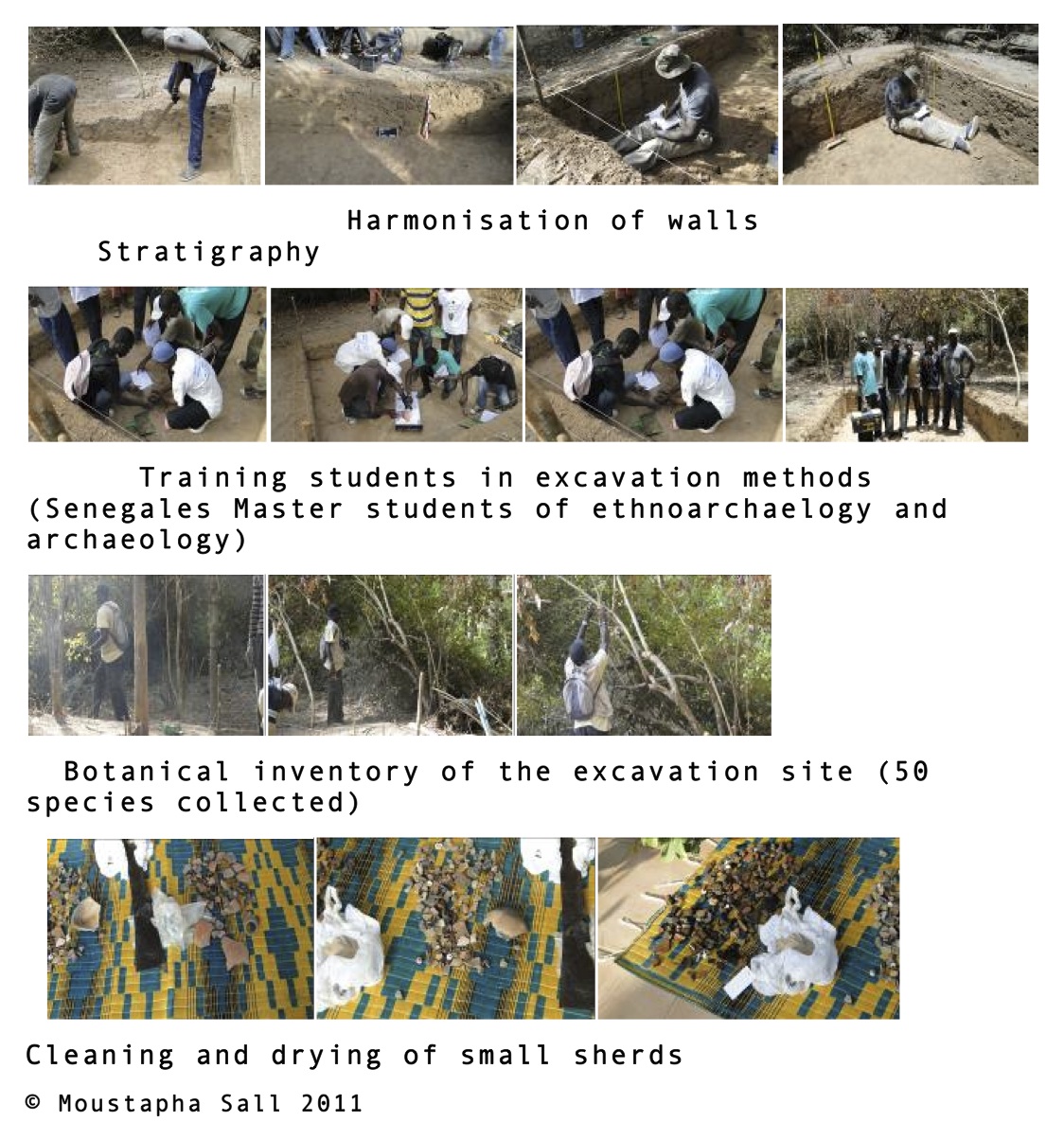
The DoBeS 3P team © Friederike Lüpke 2011
Team members
 Friederike Lüpke is the project coordinator and is directing the linguistic component of the project. She is a senior lecturer in the Department of Linguistics at the School of Oriental and African Studies London (SOAS). Her PhD thesis on Jalonke argument structure is based on extensive fieldwork on this endangered Mande language spoken in Guinea. Since 2008, she has been conducting fieldwork on the endangered Baïnounk language cluster of the Casamance region of Senegal. Her research interests lie in theoretically oriented linguistic description in the domains of verbal argument structure and verb classes as well as systems of nominal classification, and in the role of contact in shaping linguistic structure. She has also published on theory and methods of language documentation and language endangerment from an Africanist perspective. Within DoBeS 3P, she is responsible for the documentation of Gujaher. Together with Alexander Cobbinah, she is documenting Guñaamolo.
Friederike Lüpke is the project coordinator and is directing the linguistic component of the project. She is a senior lecturer in the Department of Linguistics at the School of Oriental and African Studies London (SOAS). Her PhD thesis on Jalonke argument structure is based on extensive fieldwork on this endangered Mande language spoken in Guinea. Since 2008, she has been conducting fieldwork on the endangered Baïnounk language cluster of the Casamance region of Senegal. Her research interests lie in theoretically oriented linguistic description in the domains of verbal argument structure and verb classes as well as systems of nominal classification, and in the role of contact in shaping linguistic structure. She has also published on theory and methods of language documentation and language endangerment from an Africanist perspective. Within DoBeS 3P, she is responsible for the documentation of Gujaher. Together with Alexander Cobbinah, she is documenting Guñaamolo.
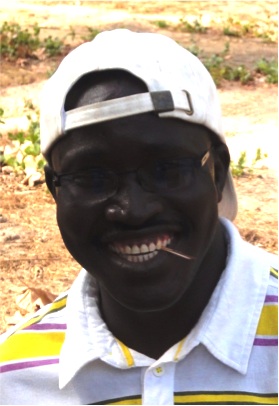
Mathieu Gueye is responsible for the ethnobotanical component of the project. Since 2006 is the director of the botanical laboratory of the Institut Fondamental de l’Afrique Noire (IFAN) in Dakar. This laboratory hosts the oldest herbarium of francophone West Africa, with one of the most important collection of specimens (ca. 60,000) of francophone West Africa. The herbarium has been completely digitised, and the most important specimens are available online. In addition to research on taxonomy and systematic botany, he works on ethnobotany, especially on forest crop and medicinal plants. He coordinates a regional research programme on plants used in rural West Africa (Benin, Guinea, Mali and Senegal). Within DoBeS 3P, he is responsible for the ethnobotanical component: the collection of Baïnounk plant knowledge in the domains medicine, food preparation, cosmetics and rituals, their names and taxonomy as well as their etymology.
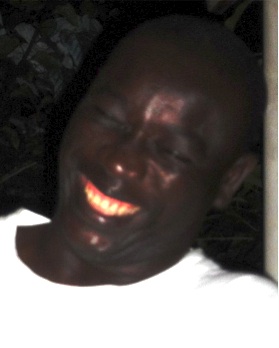 Moustapha Sall is directing the ethnoarchaeological component of the project. He is a lecturer in ethnoarchaeology in the Department of History at the Université Cheikh Anta Diop in Dakar. His PhD thesis looked at ceramic traditions, identity and migration in Senegambia, and he has worked with Fogny potters for a number of years. Within DoBeS 3P, he is leading the (ethno)archaeological component, which includes studying contemporary pottery practices and use of ceramics, as well as doing excavations in order to study and compare the traces of ancient pottery with the techniques and materials attested today in Casamance.
Moustapha Sall is directing the ethnoarchaeological component of the project. He is a lecturer in ethnoarchaeology in the Department of History at the Université Cheikh Anta Diop in Dakar. His PhD thesis looked at ceramic traditions, identity and migration in Senegambia, and he has worked with Fogny potters for a number of years. Within DoBeS 3P, he is leading the (ethno)archaeological component, which includes studying contemporary pottery practices and use of ceramics, as well as doing excavations in order to study and compare the traces of ancient pottery with the techniques and materials attested today in Casamance.
 Alexander Cobbinah is integrated into DoBeS 3P as a PhD student in the linguistic component. He is preparing a PhD on nominalised verbs in Baïnounk Gubëeher at SOAS. Within DoBeS 3P he is responsible for the documentation of Gubëeher, and, together with Friederike Lüpke, of Guñaamolo.
Alexander Cobbinah is integrated into DoBeS 3P as a PhD student in the linguistic component. He is preparing a PhD on nominalised verbs in Baïnounk Gubëeher at SOAS. Within DoBeS 3P he is responsible for the documentation of Gubëeher, and, together with Friederike Lüpke, of Guñaamolo.
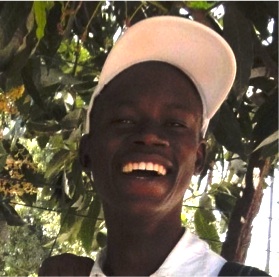 Amadou Kane Beye is a field assistant within the ethnoarchaeological component of the project. He is preparing a Master in History (specialisation ethnoarchaeology) at the Université Cheikh Anta Diop in Dakar, investigating material culture and the associated vocabulary in Gubëeher.
Amadou Kane Beye is a field assistant within the ethnoarchaeological component of the project. He is preparing a Master in History (specialisation ethnoarchaeology) at the Université Cheikh Anta Diop in Dakar, investigating material culture and the associated vocabulary in Gubëeher.
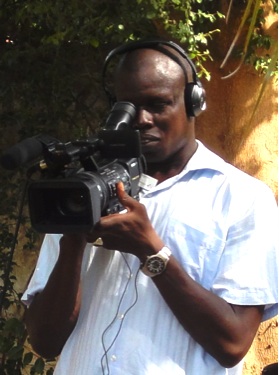 Cheikh Daouda Diatta is a field assistant within the ethnobotanical component of the project. He is preparing a PhD on ethnotaxonomical diversity of Baïnounk pharmacopoeia. He is also a teacher of life sciences and geography at the secondary school Djignabo of Ziguinchor.
Cheikh Daouda Diatta is a field assistant within the ethnobotanical component of the project. He is preparing a PhD on ethnotaxonomical diversity of Baïnounk pharmacopoeia. He is also a teacher of life sciences and geography at the secondary school Djignabo of Ziguinchor.
Team activities
In October, the team members from set up a field base in Ziguinchor in the south of Senegal. There, initial training in audio- and video recording, metadata creation, and data storage for the research team took place. We decided to create “fiches techniques”, brief instruction sheets illustrating our standards and procedures or giving instructions for the use of hardware and software in order to create a synergy of knowledge among the interdisciplinary team members:


Extracts from two “fiches techniques”

The first community workshop © Friederike Lüpke 2010

The first orthography workshop © Friederike Lüpke 2011
